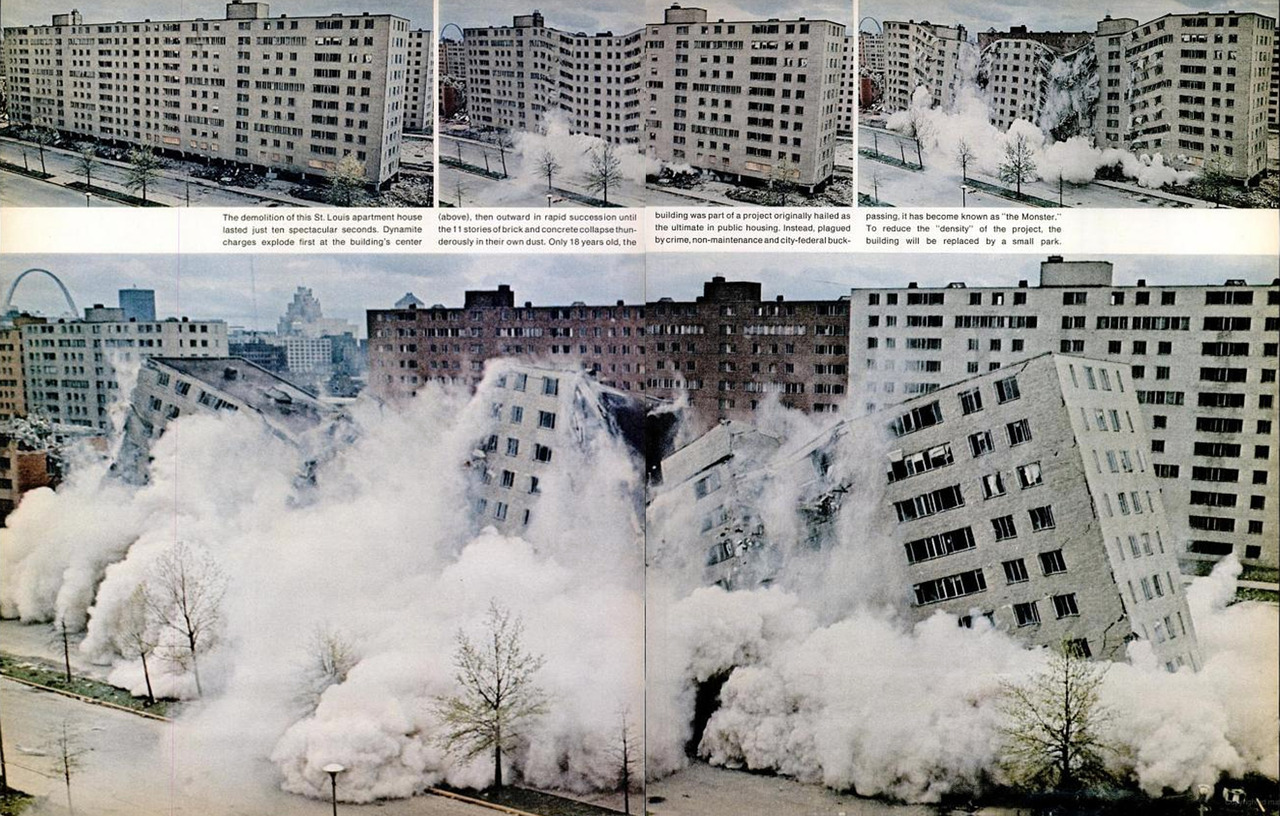From Reynolds's News and Miscellany:
Introduction
For most of the Victorian era the poorest of the poor lived in slums. After a hard day’s toiling in the factory or the docks, working-class men might return home to a living space of perhaps just one room that boasted neither a toilet nor a kitchen.

A Victorian ‘slum’ in London (British Library)
Late Victorian and Edwardian city councils had occasionally attempted to provide sanitary mass housing for their cities’ poorer residents.*****But it was not until the twentieth century, especially after World War One. This is evident by the construction of the Quarry Hill Flats in Leeds in the United Kingdom in 1938. However, after the end of World War Two in 1945 the national governments of both the UK and France embarked upon large-scale building projects to provide workers with decent housing. Two examples of these post war mass social housing projects are the Park Hill Estate in Sheffield, and Les Minguettes in Lyons. These estates present perfect case studies for an analysis with the concept of ‘governmentality’ which, coined in 1978 by Michel Foucault, describesThe governance of a mentality (a collectively held view that is communicated through a variety of discourses) by way of “techniques of power”—calculated tactics that guide everyday citizen-subjects to act in accordance with societal norms.[2]
Although Foucault never intended his concept to be applied to architecture, his ideas here have the potential to shed new light on matters of urban history.[3] I argue here, using this idea of governmentality, that the government-funded public housing estates of Park Hill and Les Minguettes attempted to regulate the lives of their citizens through the very fabric of the buildings...
....MUCH MORE
I'm reminded of the response of the residents to queries about what to
do with the Le Corbusier-style Pruitt-Igoe housing projects in St.
Louis:
Blow it up.
